Knowing how to photograph a wedding well requires a great deal of responsibility and serious proficiency in photography. This subgenre of portraiture, along with high-end photojournalism, doesn’t allow for mistakes.
There is no room for wrong exposures and out of focus images because there is no second chance to capture a certain moment. Having a few wedding photo tips and practicing them can help greatly when on location for the shoot and to be a successful wedding photographer.
Despite these frightening facts, wedding photography whether an indoor or outdoor wedding photography shoot, can be an extremely rewarding experience for a photographer. It brings together many different elements and styles found in other genres, such as glamour, landscape and documentary photography.
Some exceptionally creative photographers organize surreal photo shoots to give a certain fairy tale touch to weddings, while others rely more on unique post-processing techniques.
No matter these different approaches, one thing holds true for sure – wedding photography has to be extraordinary!
Beautiful, emotional and in a way, magical.
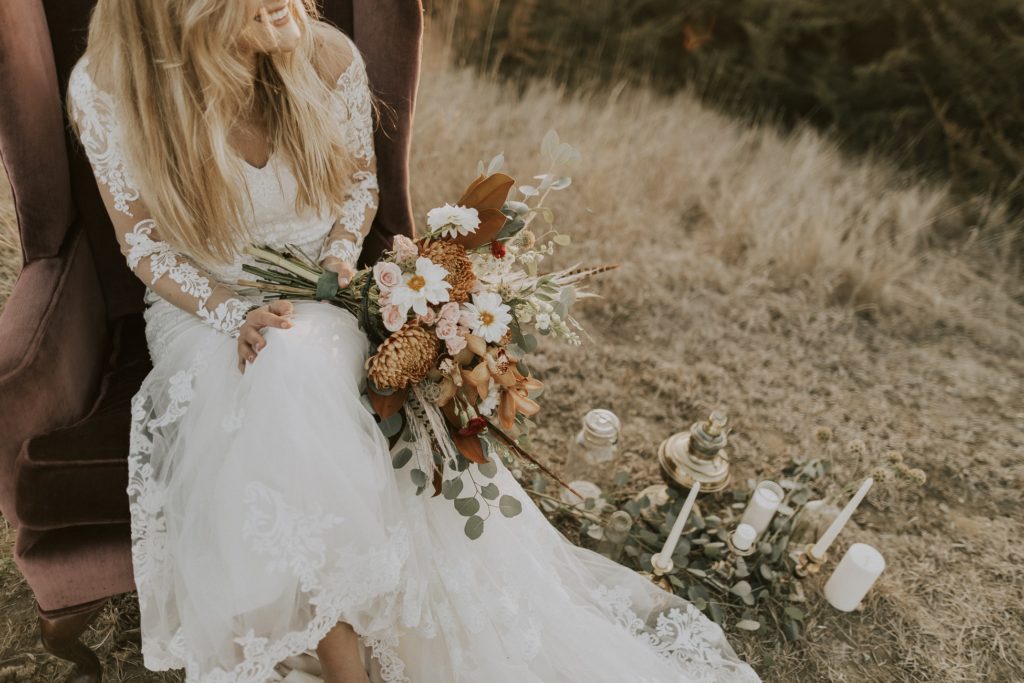
Engaged couples often have high expectations when it comes to their wedding photographs and it is not always easy to meet such demands.
In order to perform your best under such pressure, it is crucial to be well-organized when photographing weddings. You should have a reliable gear and bring a second shooter if possible. It is also important to be punctual and know the schedule so that you don’t miss any important moments.
As a wedding photographer, you will be expected to cover all aspects of the wedding like rehearsal party, bridal party, wedding venue, table settings, wedding ceremony, dance floor photos, wedding party, wedding reception, bridal portraits, family photos, etc. Whether you are an assistant photographer working for a professional wedding photographer or you have your own wedding photography business, here are some of the best wedding photography tips that will help you to capture those personal moments on the wedding day.
Since the gear is so essential, we will start with hints and tips for wedding photography equipment and work towards more specific advice on shooting techniques.
What is The Best Gear For Wedding Photography?
1. Full-frame camera (plus backup camera)
By far, the most popular choices at the moment are Canon EOS 5D Mark IV, Nikon D850 or Nikon D5, as well as mirrorless models Sony A7R III and Fujifilm X-Pro2.
It’s problematic shooting weddings with DX cameras because wedding halls are often poorly lit and you need the bigger sensor in order to be able to shoot without a flash or LED lamps. In addition to full-frame models, medium-format cameras such as Pentax 645Z or Hasselblad H5D-50c perform outstandingly well.
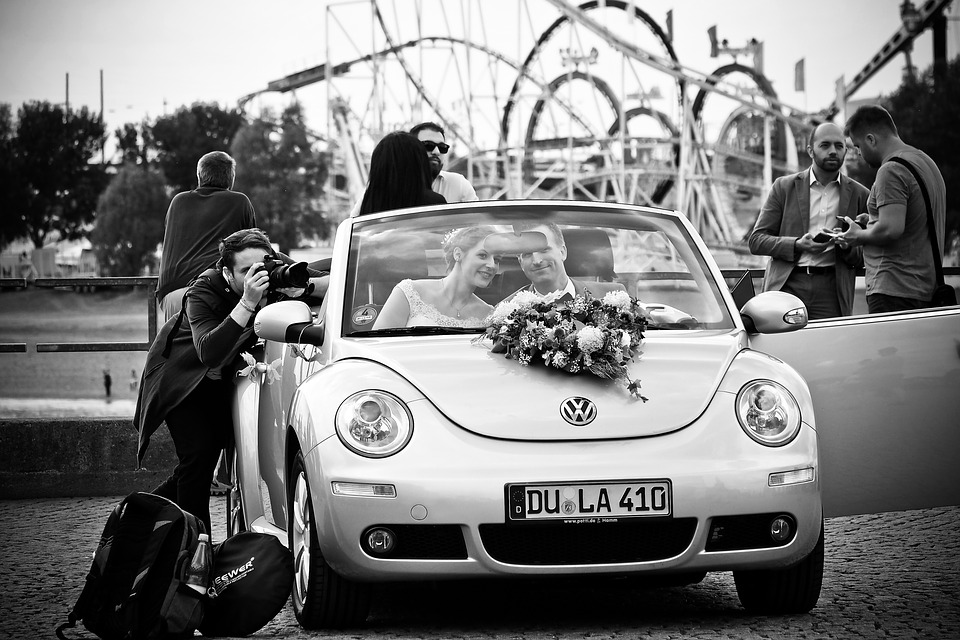
2. The best zoom and prime lenses for wedding photography
In order to have a great variety of shots, it’s good to alternate between zoom and prime lenses. As for the best lens for a wedding, the following lenses are highly esteemed among wedding photographers:
- Canon 35mm f/1.4L,
- Canon 85mm f/1.2L II,
- Canon 24-70mm f/2.8L II,
- Nikon 24-70mm f/2.8,
- Nikon 70-200mm f/2.8 VR II,
- Nikon 24mm f/1.4G.
- Sigma art lenses are also very popular nowadays, such as Sigma 35mm f/1.4 ART.
It’s next to impossible to shoot weddings with kit lenses due to their f-stop limitations and inferior quality.
Fisheye lenses are a nice extra feature to include in your wedding gear, because they give a unique look to everything, even to most ordinary scenes. The barrel distortion toward the edges of the frame can have a rather artistic vibe.
Also, lenses like Nikon 16mm f/2.8 FX or Canon 8-15mm f/4 USM are a common choice.
3. Using flash at a wedding
On-camera or off-camera flashes are necessary when shooting weddings (but make sure you check first with the celebrant as a courtesy). While you don’t have to use them all the time, sometimes it’s impossible to avoid them. The best solution is to have a model that supports both TTL and manual mode.
TTL mode is really helpful for wedding photographers since they move around a lot and don’t have enough time to change settings for every shot they take.
Flashes that are most common for wedding photography are Canon 600EX-RT, Nikon SB-910, Godox TT350 and Yongnuo YN-622.
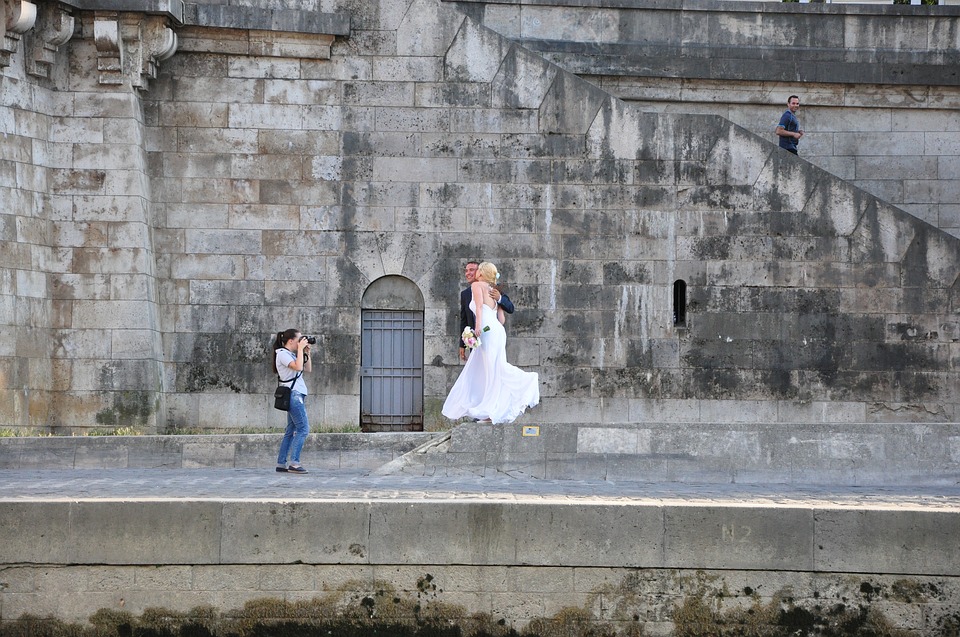
4. Portable continuous lighting
Flash is not the only option for wedding photographers who need to cope with poorly lit venues
Portable LED lamps are getting more and more common these days since they are highly reliable and it’s easy to control and change their strength and direction.
The only issue is that some models have short battery life. The most popular LEDs are Lowell GL-1 Power LED, Yongnuo YN-160 Video Light and Westcott Ice Light.
5. Light diffuser
Probably the easiest way to improve the quality of light from the camera mounted flash is to bounce the light off of a ceiling or wall.
However, wedding photography is quite demanding and it requires really soft light in order to achieve those truly flattering portraits. Diffusers such as the splendid Gary Fong (Lightsphere) or a typical Omni-bounce are widely used among wedding photographers.
6. Drone
A drone may be the latest fad among wedding photographers and videographers. However, high-end clients usually expect to have a couple of aerial shots at their wedding so it’s not a bad idea to invest in drone technology.
DJI Mavic Pro is a great choice but make sure you research first.
7. Additional equipment
There are a few other gadgets to have in mind when shooting weddings. If you’re using multiple flash setups, you’ll definitely need wireless radio triggers to sync your flashes.
Furthermore, for those who don’t have any photo assistants, it’s advisable to carry tripods, monopods and super clamps, because they can hold anything in place securely.
Finally, things like a heavy duty camera backpack, extra memory cards, and extra batteries are a must, because accidents happen and it’s good to be prepared for any kind of troublesome experience.
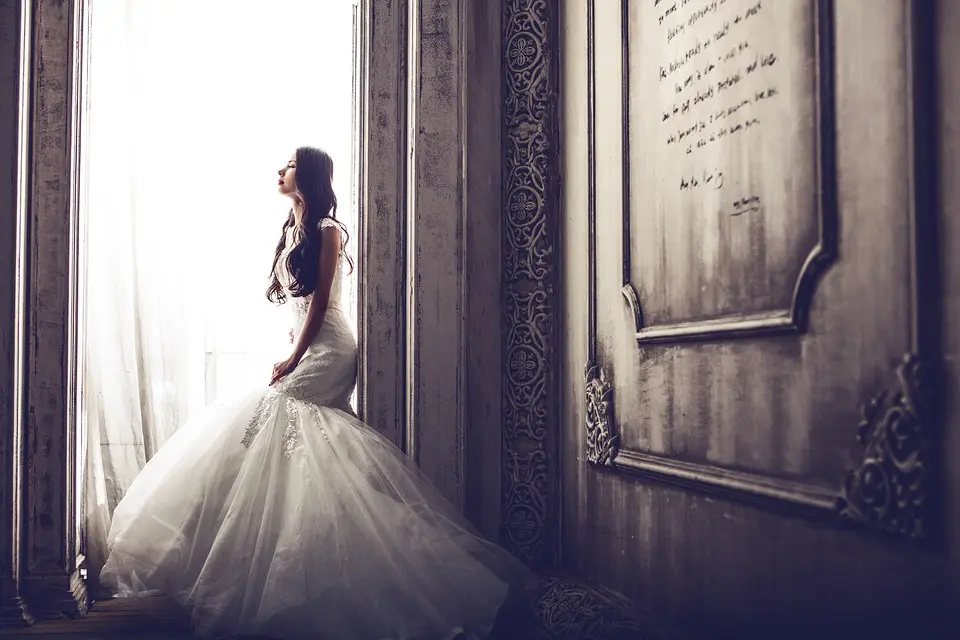
Wedding Photography Shot List Reminder
Even though every wedding is a little bit different, there are some common points to keep in mind when planning your shoot. Shooting the couples' engagement photos will also help to meet up with them and get to know them better. Knowing how to photograph a wedding well involves knowing this shot list well too.
Making a simple list of shots you have to take is a great reminder and it can help any photographer deal with chaotic experiences much better.
Group photos with family members and guests tend to be the most stressful part of the shoot, so it’s good to write down what kind of photographs or family shots you can’t miss under any circumstances.
The shot list should be divided into four parts – pre-ceremony, ceremony, reception and portraits (single and group shots) and each part should have at least 15-20 different ideas to work through.
When it comes to larger weddings with 100+ guests it is essential to speak to the bride and groom and make a list of guests they want to be photographed with.
If you will be shooting a destination wedding, there are many things you will need to talk about and plan besides the shot list mentioned here, so you get the entire wedding captured without any hassle.
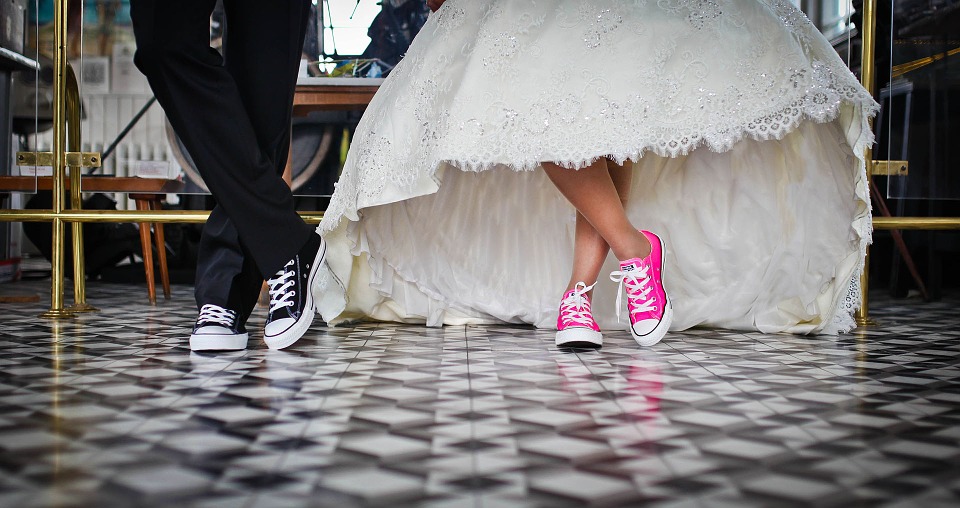
How to Photograph a Wedding: Getting Technical
Avoiding wrong exposures
As we’ve already mentioned, there is no room for mistakes in wedding photography. The photos have to be shot in RAW because wedding albums are always edited in Lightroom and Photoshop and JPEGs limit you in what you can change and add in post-processing.
In order to avoid wrong exposures, there are two very useful tricks:
- Firstly, it’s not necessary to shoot in manual mode all the time; aperture priority mode comes in handy when you need to walk around looking for special moments but you don’t want to worry about your shutter speed.
- Secondly, using live view exposure preview can eliminate those test shots you need to take before nailing the right exposure. This can be a true life-saver if you don’t have time for test shots.
One more thing to be really careful about when shooting weddings (and especially when shooting a bride) is the highlight warning. Most cameras nowadays have this setting; the areas of the image that are overexposed will flash red on your LCD screen.
This usually happens when you shoot a bride outdoors in the sun and it means you have to lower your exposure so that you don’t lose the fine details of her wedding dress.
It’s always safer that the wedding photos are slightly underexposed than overexposed, in case you can’t get the perfect exposure.
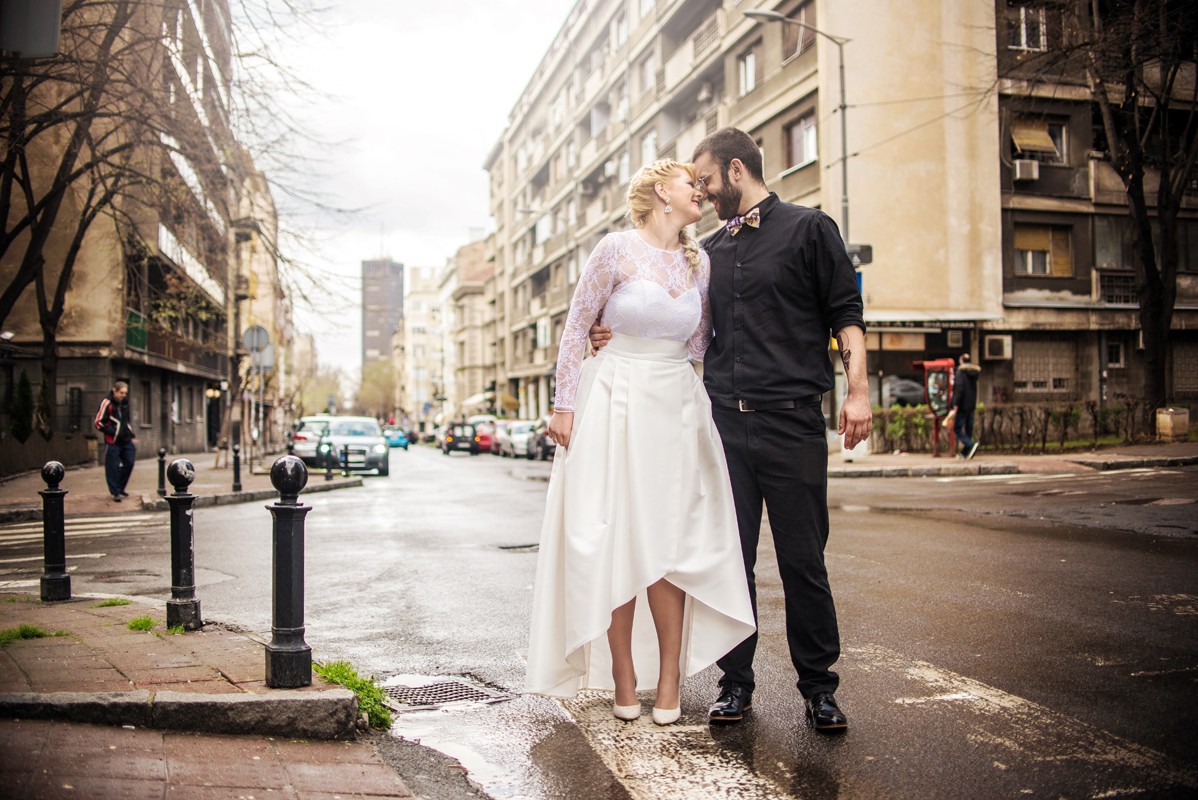
Optimal aperture and shutter speed
While it’s hard to recommend the best combination of aperture, shutter speed and ISO for wedding photography, there’s a certain range of settings that work well in the majority of cases.
The shutter speed of 1/60 or 1/80 prevents blurriness while the aperture that is in between f/1.8 and f/5.6 can accommodate various types of portraits. For example, the depth of field at f/2.8 is usually more than enough to have both the bride and groom in focus, while the aperture of f/5.6 works well with larger groups of people.
If the light conditions are reasonably good, ISO doesn't have to be more than 400. Under any circumstances, raising ISO more than it’s necessary should be avoided.
Using Servo AF
Besides ideal exposures, the correct focus is something that every wedding photographer has to be extremely careful about. AI Servo AF is the ideal mode for shooting moving subjects at wedding venues. This AF mode is designed to capture moving subjects properly when the focusing distance keeps changing. If you hold down the shutter button halfway while in Servo AF mode, your subject will be focused continuously.
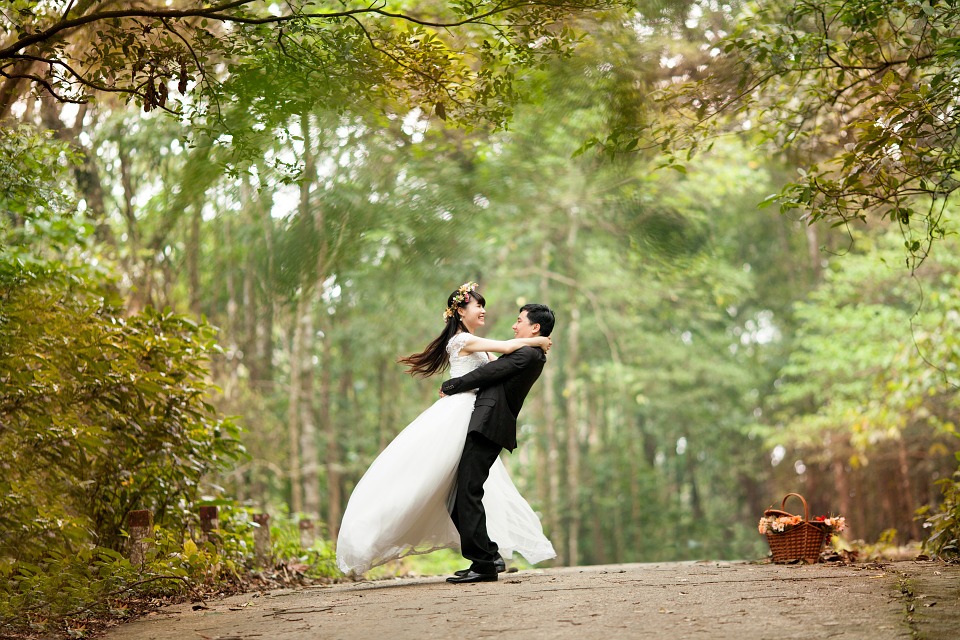
Flash Options
On-camera or off-camera speedlight
Using an on-camera speedlight gives very limited possibilities to wedding photographers. Yet, it can be used for outdoor portraits, combined with natural light. In such case, speedlight plays the role of a fill light, which usually works great.
If a speedlight is used indoors, its head should be angled slightly sideways to get a directional bounce and avoid overly flat or washed out images. Off-camera flash is a much better option for weddings. Professional wedding photographers often carry 3-4 speedlights with them along with a few transceivers.
The main advantage of this approach is that there is no direct light hitting the subject; the light source is always slightly off on the side. This kind of setting can be used not only for portraits but also for detail shots such as rings shots, cakes and flowers.
The third option would be asking an assistant or second shooter to hold the off-camera flash at an arm’s length away from the camera. While this is not always practical at crowded wedding venues, it can yield great results under the right circumstances.
Using rear curtain sync
It’s a good idea to change the default flash setting from front curtain sync to rear curtain sync when shooting weddings.
Rear curtain sync tells the flash to go off at the end of the exposure, not at the beginning of it. This means that any motion blur will appear behind the subject instead of in front of it, which makes dancing scenes much more realistic.
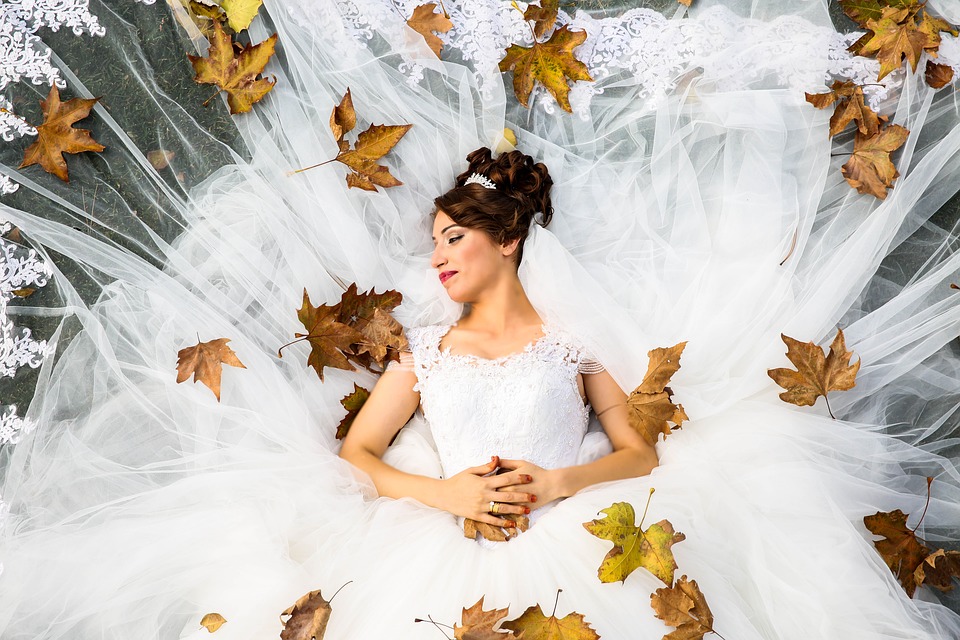
Photographing The Bride And The Groom
When thinking and planning how to photograph a wedding, clearly the stars of the occasion are the bride and groom and these can be some of the most precious shots you will take on the day. Here are some things you should give special consideration to.
Candid shots
A great weddings album features a nice balance of candid moments and posed shots. It is up to your clients to decide what approach they cherish more so that you know what kind of shots should be more dominant.
You should definitely ask the couple about any special requests they may have.
When it comes to typical moments for a candid approach such as the first kiss, first dance, smiles of parents and close relatives, these happen very fast and you have to be very attentive to them.
Other interesting moments that are worth paying attention to are photogenic kids smiling and playing around, people whispering about something seemingly important, unexpected laughter and so on.
We can’t plan or recreate such moments and that’s why they represent a real treasure. They are rare and couples usually love such shots.
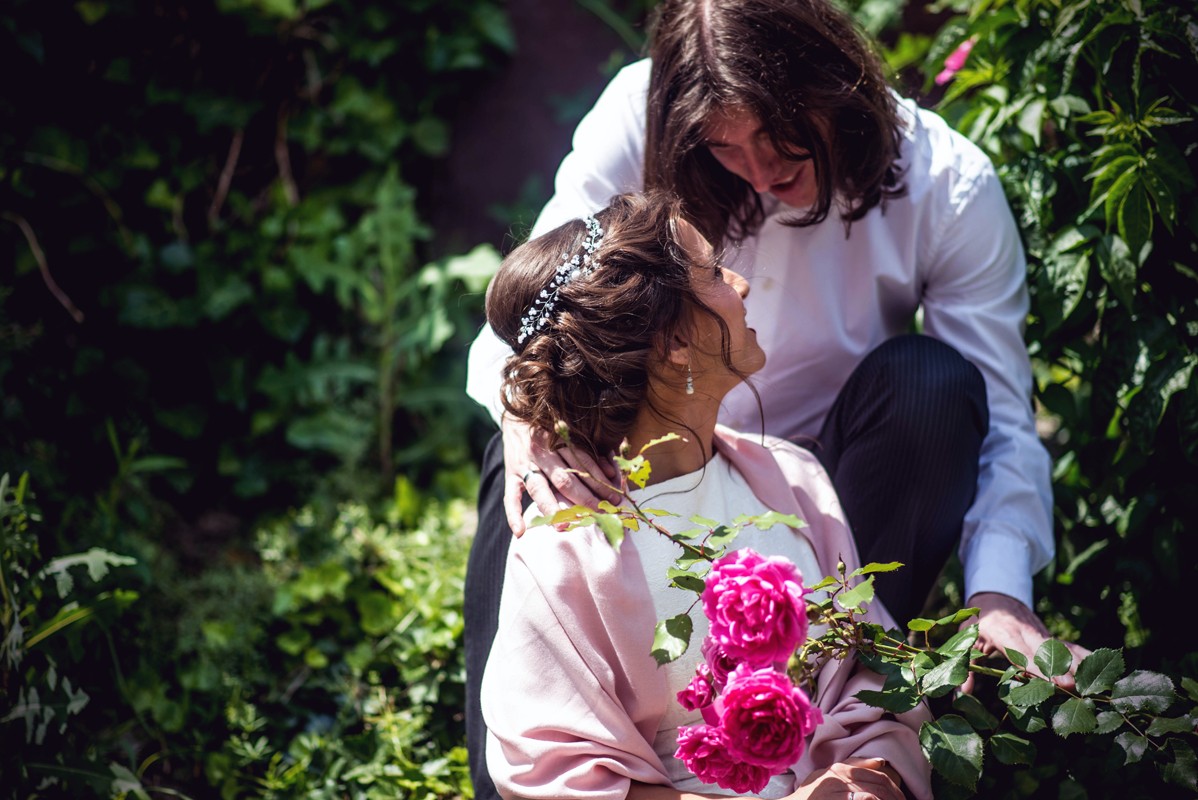
Posing techniques
Posing people doesn’t require any special talent – anyone can learn it.
One of the basic rules to apply when shooting couples is to make people touch each other. Possibilities are countless; they can hold hands, rest heads on each other’s shoulder, lean against each other, lay folded in each other’s arms and so on.
There is something very intimate about seeing people touching and it can make your portraits much more powerful. If your clients are adventurous and in good physical condition, you can ask them to do something more acrobatic as well; they can jump, raise each other, crawl, swim in a nearby river or ocean – there are basically no limits.
Another great suggestion for posing is to make people play around with their clothing and accessories.
For instance, you can tell the groom to unbutton and button his jacket up or ask the bride to be playful and spin around to show how gorgeous her wedding dress is.
A photographer who can bring out people's inner child is doing a great job!
Posing groups of people is much more demanding than posing couples, but this is the perfect occasion to ask the second shooter to help you manage these groups efficiently. It is crucial to align the group properly and to make sure everybody is focused on the camera because these issues can’t be fixed in post-processing.
It’s necessary to take extra shots for each group and try out 2 or 3 different alignments especially for very large groups. Switching from couple portraits to group portraits also means that you should probably change the aperture in order to avoid mistakes with a too shallow depth of field.
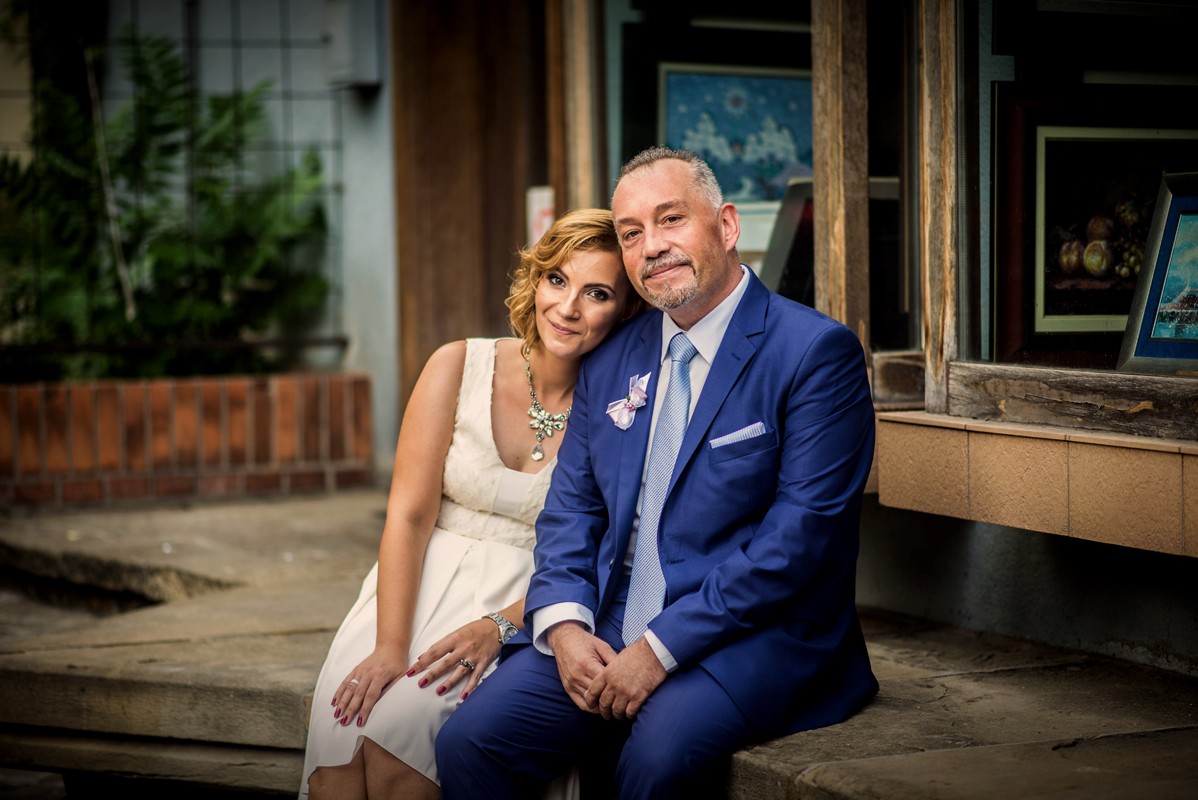
The Secrets Of Great Composition
Avoiding bad backgrounds
Most wedding photographers have at some point forgotten to notice a bad background and regretted this mistake while doing post-processing.
Fixing bad backgrounds can be an extremely time consuming and painstaking task. Yet, it's so easy to lose track of backgrounds and concentrate solely on the subject especially during weddings; this “background awareness’’ should be trained in order to avoid repeating the same mistake over and over again.
In fact, backgrounds should be treated just like one of your camera's settings – they are as important as shutter speed, aperture and ISO.
Bad backgrounds come in all shapes and sizes – weird or tacky patterns, too many details or distracting details, unpleasant colors, people who are unaware that someone else is posing and so on. Take everything into consideration.
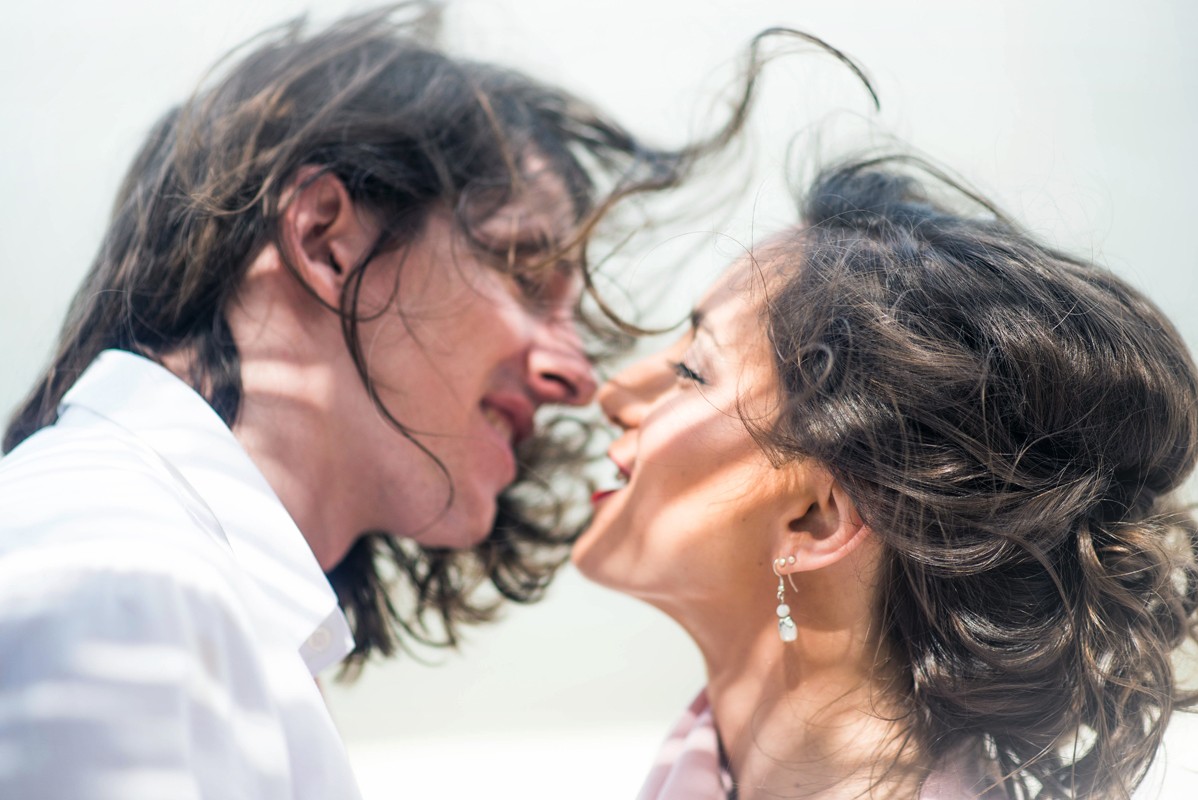
Traditional Vs Unusual Shots
There’s nothing more important than a great variety when it comes to composing your wedding photographs. You should know the classical rules but also be able to break them in a meaningful way.
The rule of thirds is one of the most typical rules and while it’s probably over-hyped, it can still help you become mindful of off-centre compositions.
You have to be aware that every setting has its own ‘’default rules’’ and you shouldn’t force your ideas before considering these rules. For example, when you encounter a scene with almost perfect symmetry in the background, a symmetrical composition is something you should start from.
The same goes for asymmetrical backgrounds; instead of trying to fix them, you can align your subjects in a rather unusual way or come up with some avant-garde posing ideas.
If you can’t control the chaos, join it!
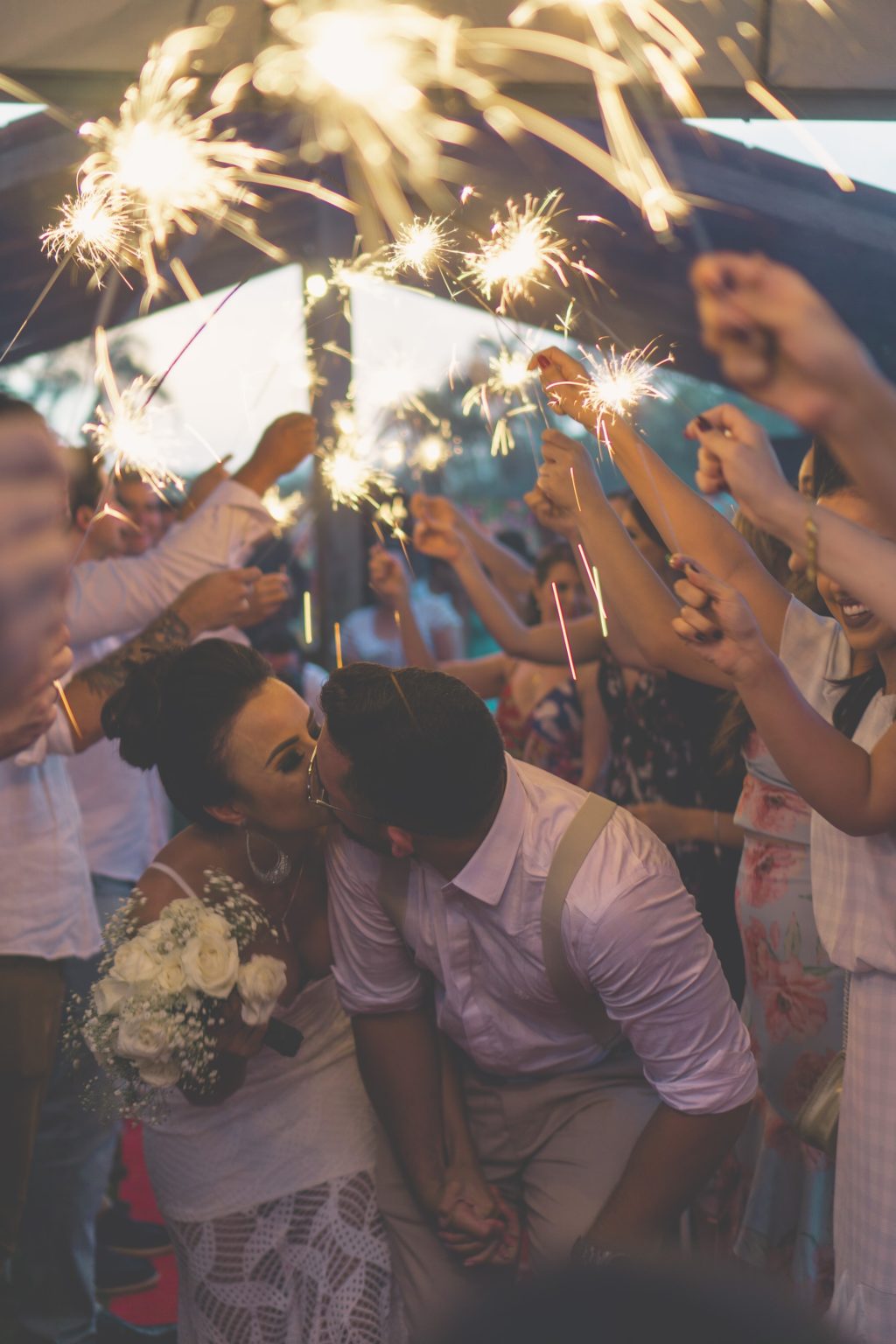
Another great way to spice up your compositions is to follow the lines; for instance, if you see a bunch of lines going in the same direction, follow them and place your subject at the end (or at the beginning) of those lines.
You can add a dash of creativity to your wedding photography compositions by utilizing reflections, such as mirrors, glass tables or puddles of water. You can even shoot some fine art photography styles for a more classic look. This way you will be able to capture unique and great wedding photos.
Another way to create something intriguing is shooting through objects, such as leaves or branches – this approach adds intimacy to the scene because the photographer plays the role of “spy”. Getting close-up in your compositions also adds this vibe of intimacy but it can be used to capture interesting details as well, such as jewellery, flowers or the bride’s hairstyle.
Using wide compositions can be as powerful as shooting close-ups, just in a very different way. When you have a gorgeous sunset or a historical building, it’s important to capture their beauty because they make a dramatic backdrop for the newlyweds.
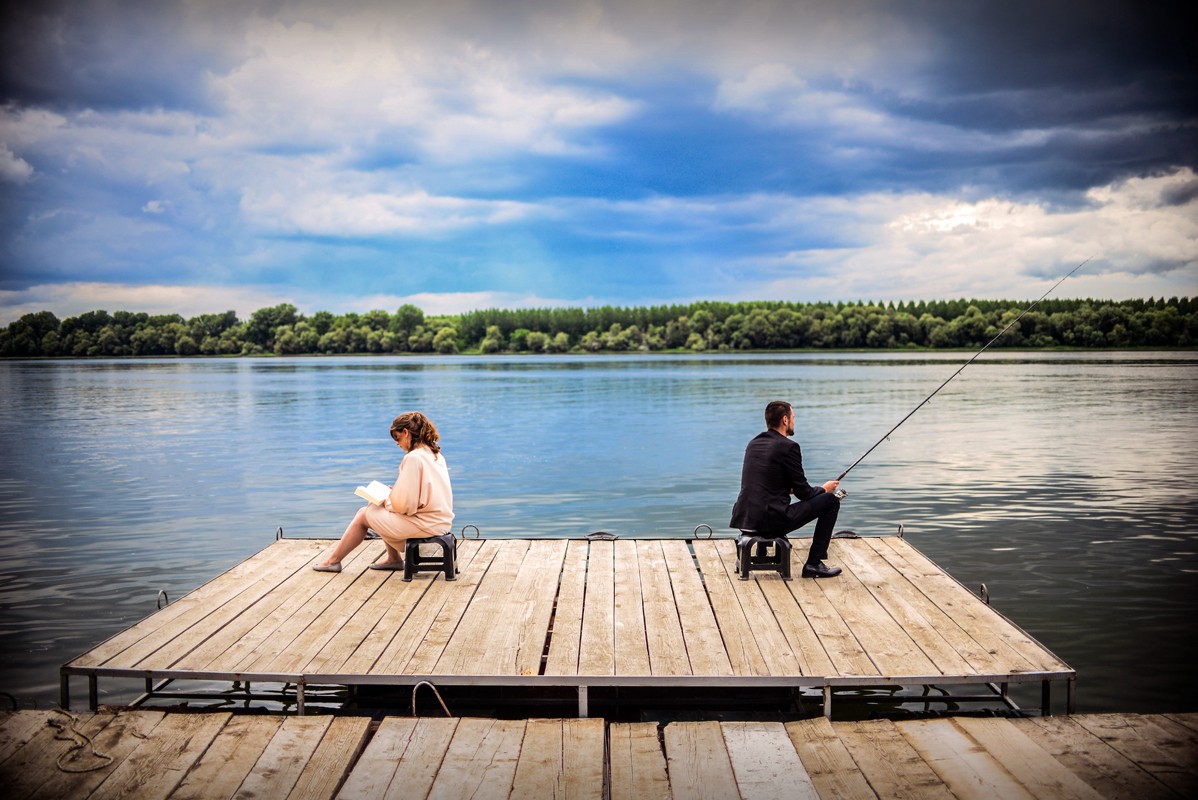
Meaningful Post-Processing for Wedding Photographs
Editing trends vs personal aesthetics
Wedding photography, just like the entire business of weddings, is influenced by the flow of trends. There are so many tutorials on wedding photography and so many Lightroom presets you can buy that it’s hard to understand where to start and how to create images of the highest quality.
Rather than following all these trends, the best solution is to talk with your clients openly – they can tell you what they like. Some clients prefer intensely processed photos that look like digital art while others like it natural and minimal. Some prefer black and white, while others want everything in color.
It’s important not to insist on your own aesthetics – you should try to make your client’s wishes come true as much as you’re able to.
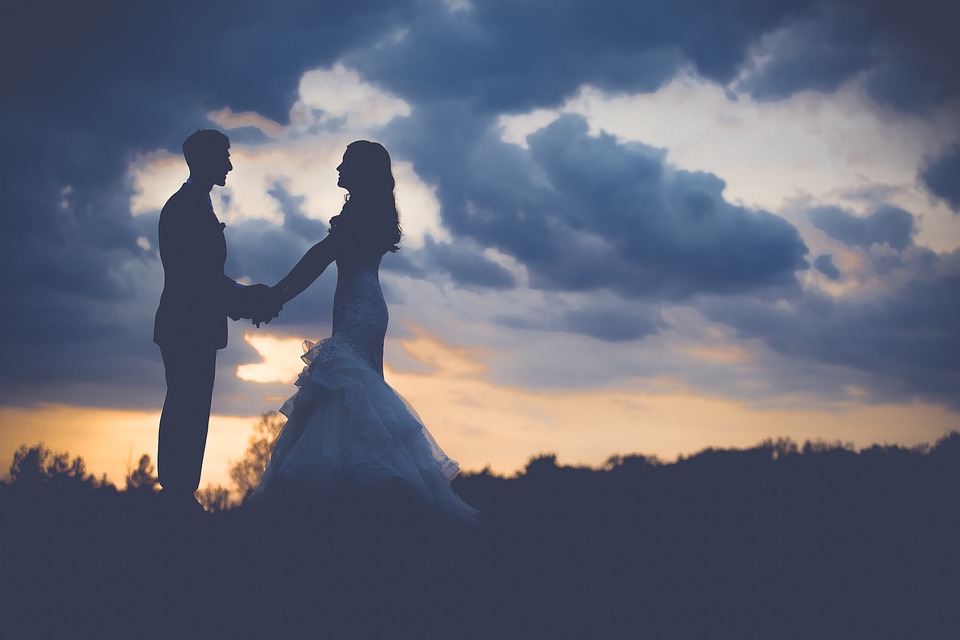
Avoiding chaos and randomness
In order to save your time and avoid frustrations, try to organize your editing workflow efficiently. Once you have opened all the files and decided which ones you want to keep, you can start with making basic corrections in Lightroom.
These corrections include:
- exposure
- contrast
- saturation
- sharpness
- color temperature
- highlights
- shadows
When you come across images that have been shot in similar conditions, you might want to group them and process them using the ‘’sync’’ option in Lightroom, which is extremely useful for wedding photography.
After you have completed the basic corrections, you can move to Photoshop and work on more complex steps of editing such as skin corrections and various custom effects.
While there are no rules when it comes to these advanced steps, skin corrections should be done really well, because your clients certainly want to look their best in their wedding photographs.
The same goes for fixing common issues such as garment wrinkles – every wedding photographer should be proficient in this.
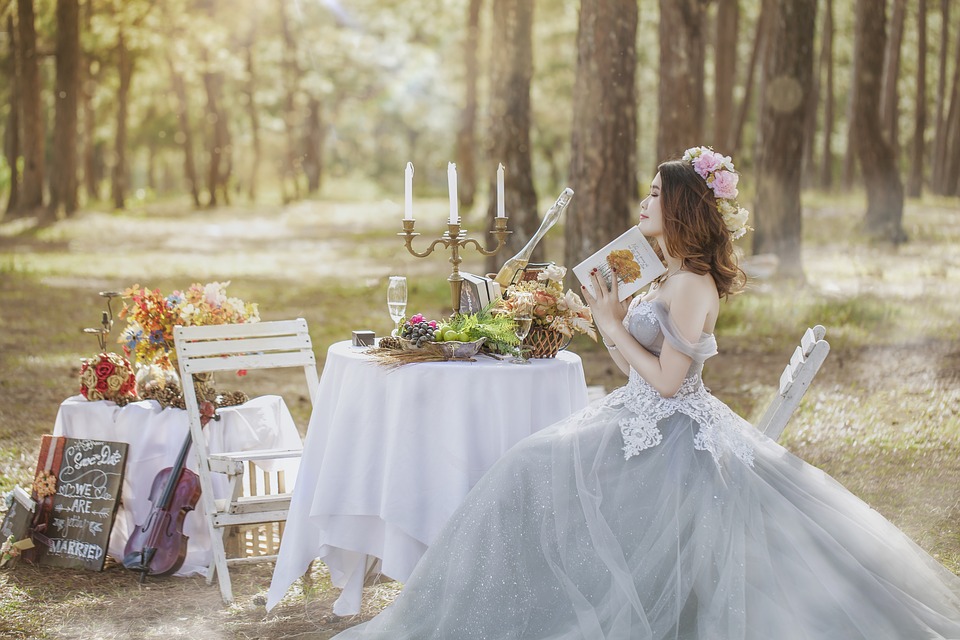
Rejoice With Your Clients!
In addition to all these rules, there’s one thing no wedding photographer should ever forget. A wedding is a happy event and a great occasion for everyone (including photographers) to feel good and enjoy the abundance of positive emotions and small joys of life.
If you shoot such a special event while in a depressive or anxious mood, this will surely affect the experience of your clients.
Connecting with people around you in an emotional and not just in a strictly professional way will make the quality of your work and your own experience much more profound.
Further Reading:
- How To Sync Multiple Cameras On A Wedding Shoot
- Six Practical Tips For Presenting Wedding Photos To Clients
- How to Organise Photos In Lightroom – 5 Logical Approaches
- Wedding Photography – 21 Tips For Amateur Wedding Photographers
- The Complete Guide To Wedding Photography: 97 Tips
- Best Wedding Photography Gear

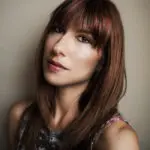

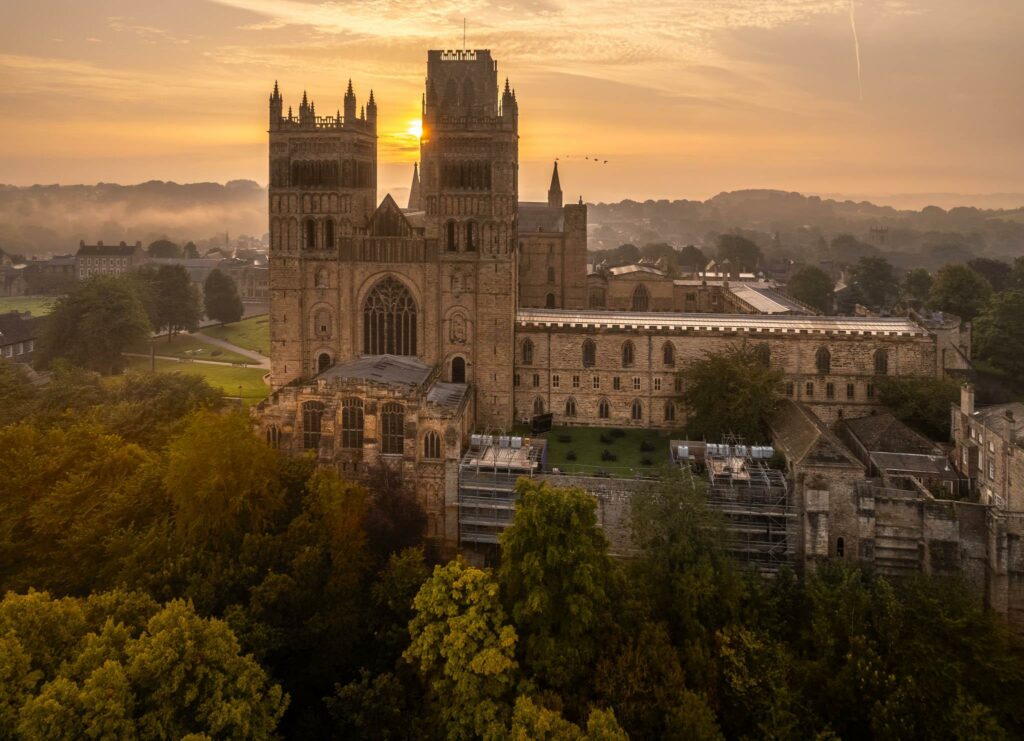
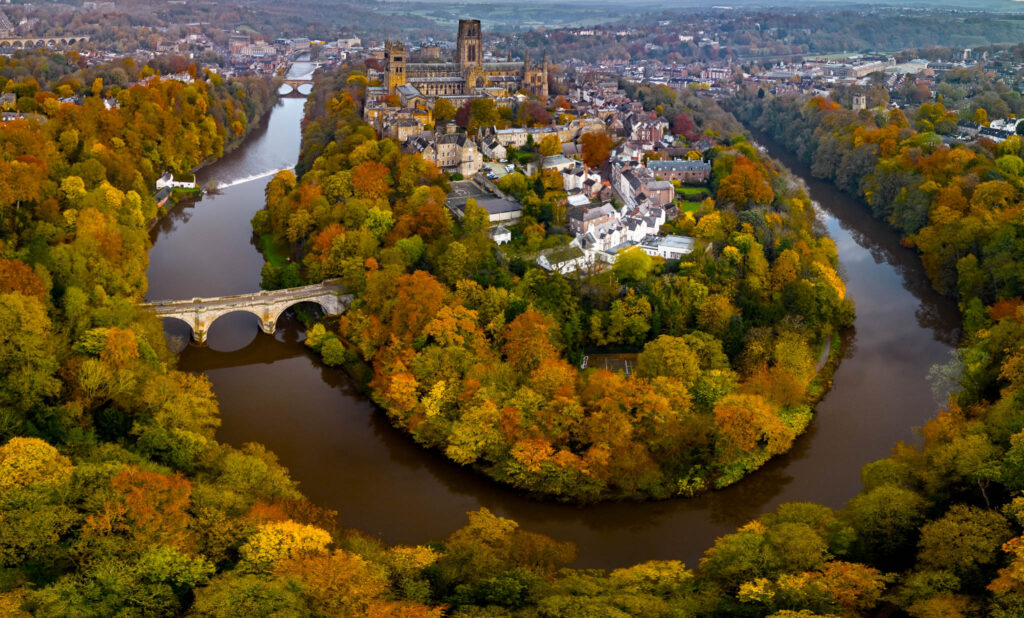
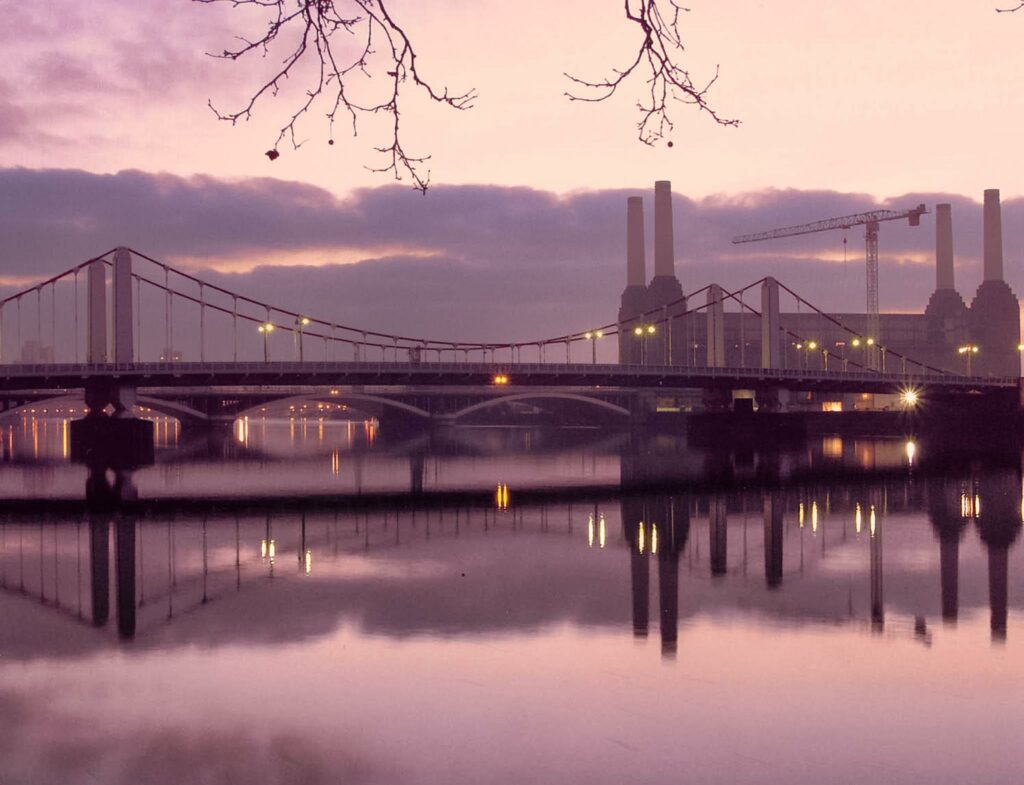
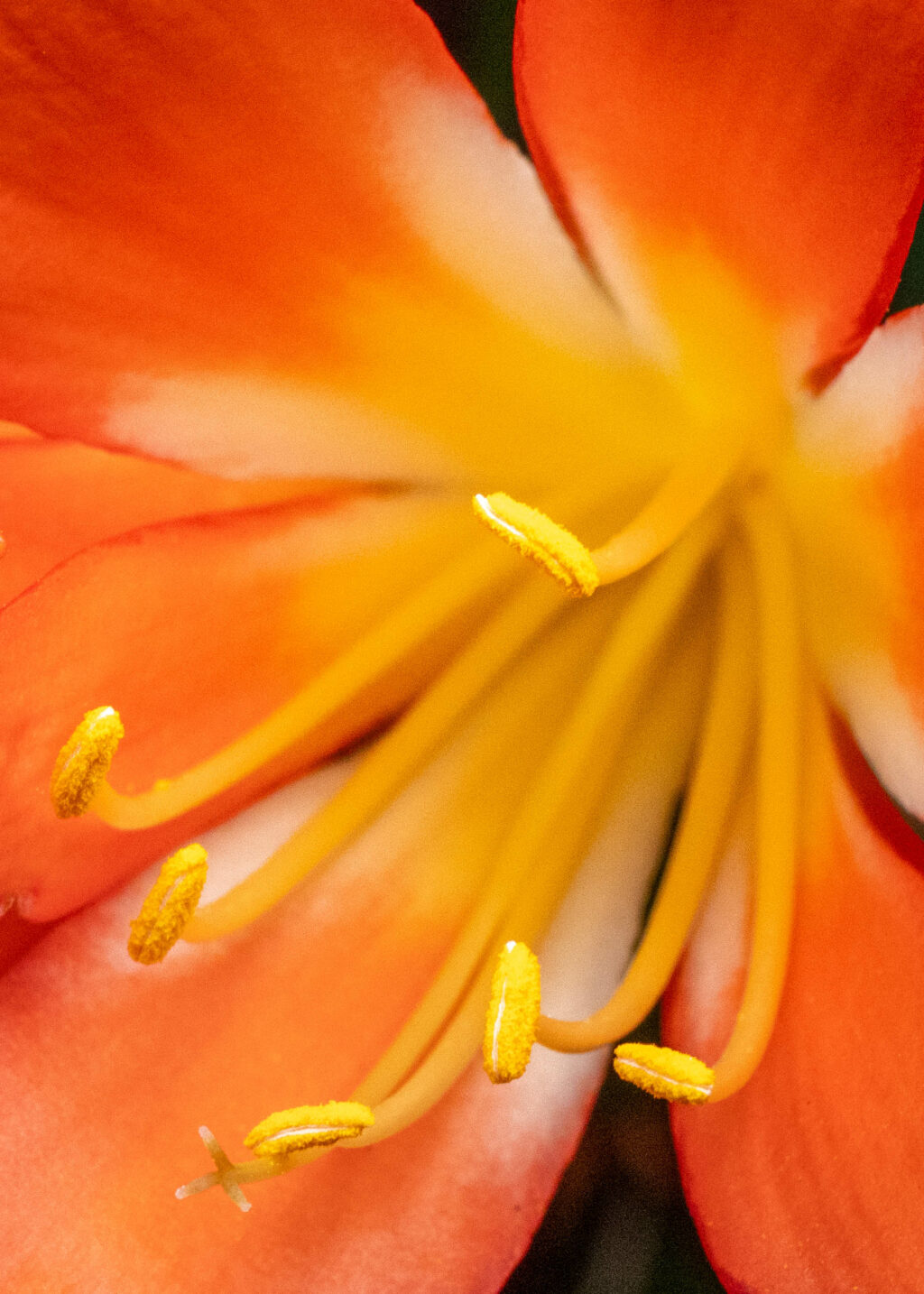
4 Comments
Great Article for beginner and professional photographer both. Its really helpful knowledge, all steps are very interesting. This is useful to start a business in photography.
Great article! The only lens I would add to the list would be the Canon 85mm 1.4IS L, it focuses so much faster than the 1.2 which can be very important for weddings.
All good stuff! No matter the skill level, you’ll always find something that you could, or should be doing to improve on.
Hi Jasenka,
This was a very detailed article! Great for new photographers looking to break into the wedding industry. A lot of the advice you give, I remember facing the same issues and questions that had me searching all over the internet. I wish I saw this then!
I also wish the clients understood how much skill and preparation goes into shooting a wedding – and it’s not just showing up with a camera.
Again, Great article! Thanks for sharing.